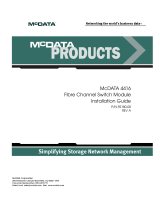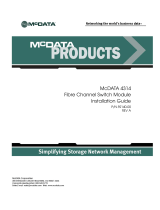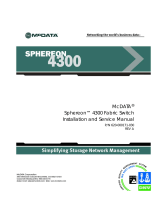Dell FE655W is a modular, scalable, high-availability storage system designed for demanding enterprise applications. It combines the latest in server, storage, and networking technologies to deliver exceptional performance, reliability, and flexibility. Dell FE655W is ideal for a wide range of applications, including:
- Virtualization
- Database
- High-performance computing
- Cloud computing
- Big data analytics With its flexible design, Dell FE655W can be tailored to meet the specific needs of your business. It can be deployed in a variety of configurations, including:
- Direct-attached storage (DAS)
Dell FE655W is a modular, scalable, high-availability storage system designed for demanding enterprise applications. It combines the latest in server, storage, and networking technologies to deliver exceptional performance, reliability, and flexibility. Dell FE655W is ideal for a wide range of applications, including:
- Virtualization
- Database
- High-performance computing
- Cloud computing
- Big data analytics With its flexible design, Dell FE655W can be tailored to meet the specific needs of your business. It can be deployed in a variety of configurations, including:
- Direct-attached storage (DAS)










-
 1
1
-
 2
2
-
 3
3
-
 4
4
-
 5
5
-
 6
6
-
 7
7
-
 8
8
-
 9
9
-
 10
10
Dell FE655W User manual
- Type
- User manual
- This manual is also suitable for
Dell FE655W is a modular, scalable, high-availability storage system designed for demanding enterprise applications. It combines the latest in server, storage, and networking technologies to deliver exceptional performance, reliability, and flexibility. Dell FE655W is ideal for a wide range of applications, including:
- Virtualization
- Database
- High-performance computing
- Cloud computing
- Big data analytics With its flexible design, Dell FE655W can be tailored to meet the specific needs of your business. It can be deployed in a variety of configurations, including:
- Direct-attached storage (DAS)
Ask a question and I''ll find the answer in the document
Finding information in a document is now easier with AI
Related papers
-
Dell /EMC AX4-5 Owner's manual
-
Dell Supported Configurations for Oracle Database 10g R2 for Windows Owner's manual
-
Dell /EMC AX4-5 User manual
-
Dell Supported Configurations for Oracle Database 10g R2 for Windows User guide
-
Dell 10g Deployment Guide
-
Dell 10g Deployment Guide
-
Dell PowerVault NX1950 Owner's manual
-
Dell /EMC CX4 Series User manual
-
Dell /EMC AX4-5 Owner's manual
-
Dell PowerVault MD3200i and MD3220i User guide
Other documents
-
 McDATA 4416 User manual
McDATA 4416 User manual
-
Brocade Communications Systems 3800 User manual
-
Brocade Communications Systems 4016 User manual
-
Brocade Communications Systems 3900 User manual
-
EMC Marine Radio 300-000-978 REV A03 User manual
-
Q-Logic SN0135524-00 User manual
-
Intel SSR212PP User manual
-
 McDATA 4314 User manual
McDATA 4314 User manual
-
 McDATA Sphereon 4300 User manual
McDATA Sphereon 4300 User manual
-
Brocade Communications Systems 3014 User manual












